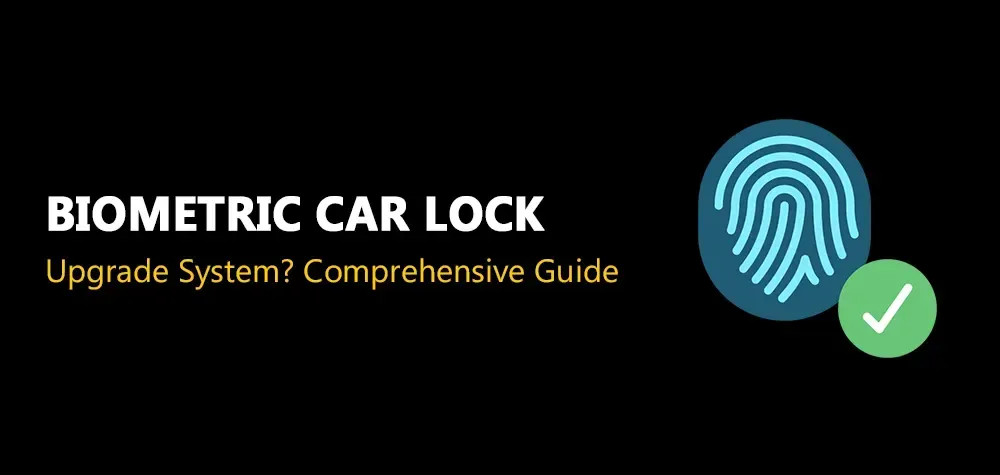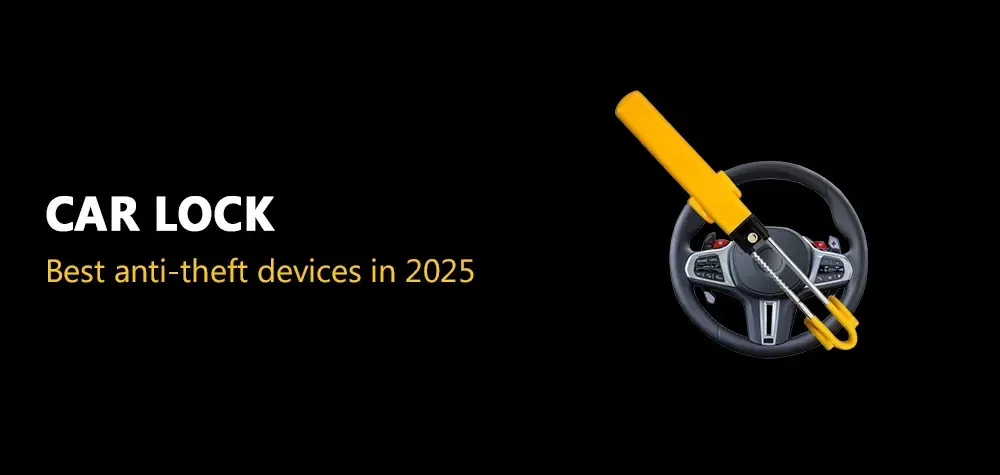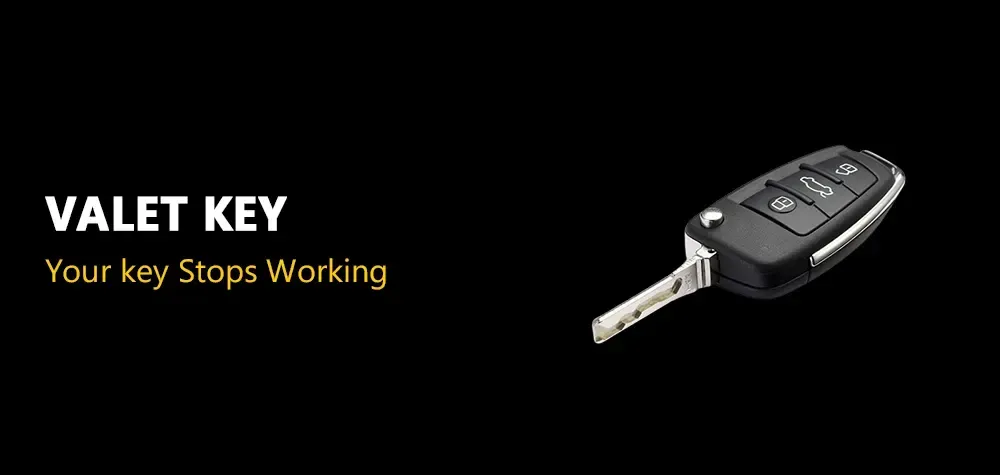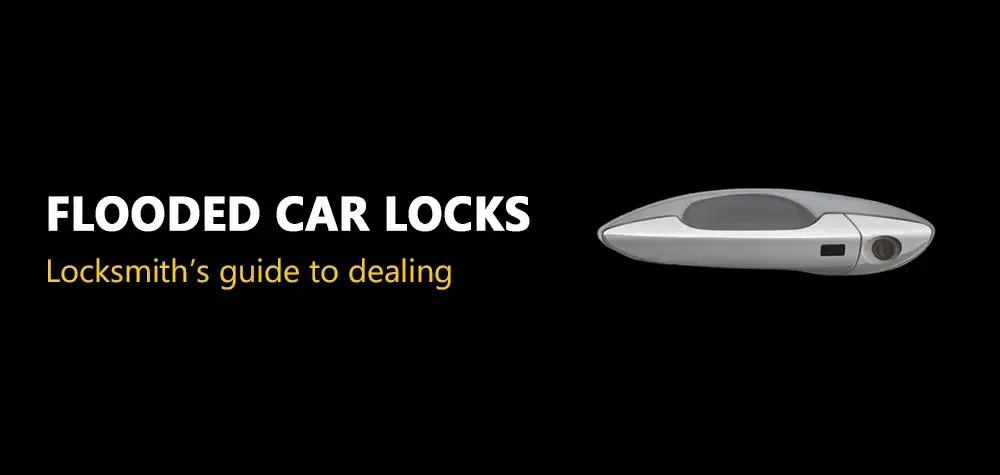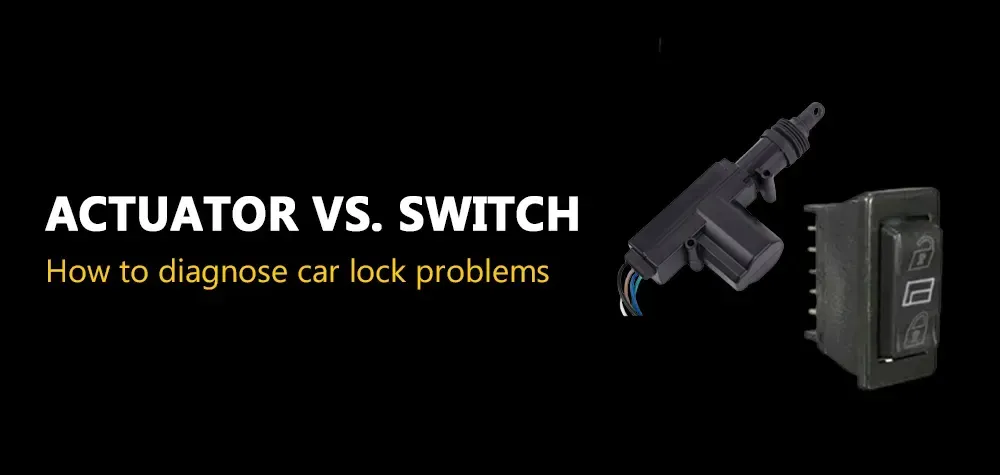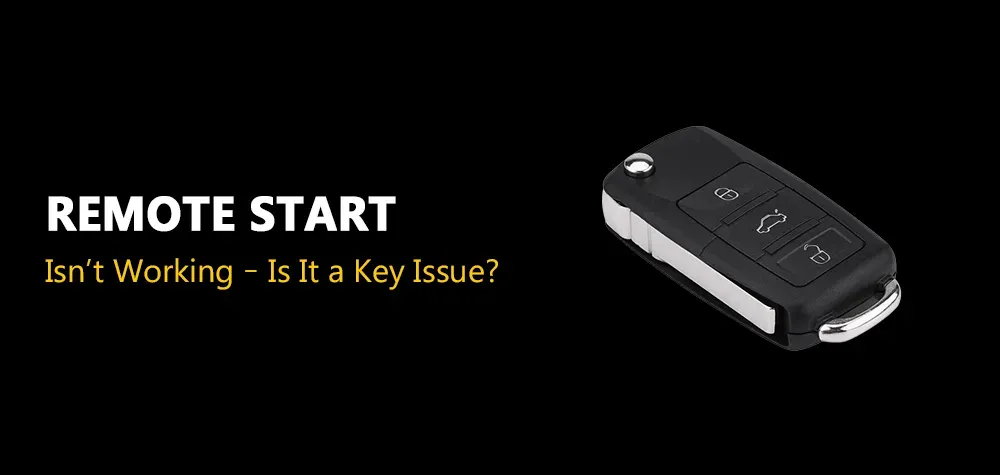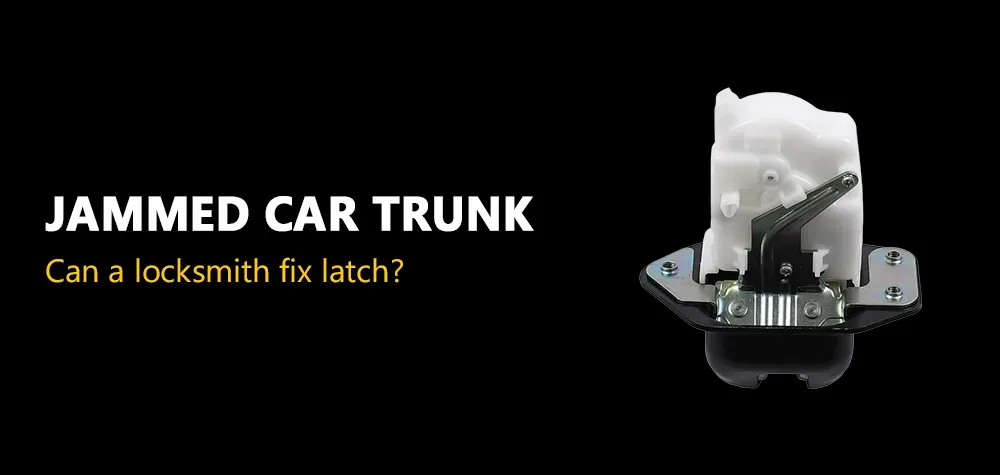How to Open a Safe Without the Combination
Losing the combination to your safe can be incredibly stressful, but there are methods available to open it. However, these methods come with risks, and it’s crucial to understand the options before attempting anything yourself. Here's a breakdown of the techniques and why you should always consider calling a locksmith for help.
The Benefits of Owning a Safe Locker and How to Choose the Right One
Methods to Open a Safe Without a Combination
1. Manipulation Method
This technique involves listening to the internal mechanisms of a mechanical safe to determine the correct combination. A locksmith uses specialized tools and a great deal of skill to carefully manipulate the lock’s inner components. While it doesn’t damage the safe, it requires time, patience, and expertise. If done incorrectly, it can damage the lock, leading to further complications and increased costs.
2. Safe Drilling
Drilling is one of the most common methods used when all other options fail. A locksmith drills a small hole into the safe to access the locking mechanism and bypass the combination. While it’s effective, drilling leaves visible marks and damage, reducing the safe’s value. For high-security safes, the process might take longer and require specialized equipment to avoid damaging the contents.
3. Key Override/ Emergency Keyhole
Some safes come with a key override feature or an emergency keyhole. If your safe has either of these, you may be able to open it with a physical key, assuming it hasn’t been lost. However, not all safes are designed this way, and in some cases, you might need to contact the manufacturer for assistance if the key isn’t working.
Why Calling a Locksmith is the Best Option
While DIY methods might sound tempting, contacting a professional locksmith is the most secure option. Locksmiths have the expertise to open the safe without causing unnecessary damage. They will also be able to offer advice on how to reset or recover your combination. When you call a locksmith, they will ask for specific information to ensure the process goes smoothly:
- Type of Safe: Whether it’s a mechanical or digital safe, each requires different techniques.
- Manufacturer and Model: The exact model helps the locksmith identify the lock type and any possible security features.
- Serial Number: This helps the locksmith confirm the safe's make and model, and it might be required for verification purposes.
- Material of the Safe: The material can impact how easily the safe can be drilled or manipulated.
- Partial Combination: If you have any part of the combination, it can save time and reduce the risk of damage.
- Key Overrides or Emergency Keyhole: If your safe has an emergency keyhole or key override, providing this information helps the locksmith understand the best course of action.
- Non-Functioning Key: If you have a key that’s not working with the override, mention this, as it could suggest a malfunction that requires repair.
Ultimately, calling a locksmith is the safest and most reliable way to regain access to your safe without causing unnecessary damage.
Risks of Trying to Open a Safe Without the Proper Tools
Attempting to open a safe on your own, without the right knowledge or tools, can cause irreversible damage. In most cases, DIY methods—such as using a crowbar or hammer—can break the lock mechanism or destroy the integrity of the safe itself. If the safe is designed to protect valuables or sensitive documents, attempting to open it yourself could lead to greater loss, not just in value, but also in time and effort.
What to Do If You Forget Your Safe Combination
If you’ve forgotten the combination to your safe, don’t panic. The first step is to check any paperwork or records that might have the combination noted. If you’ve registered your safe with the manufacturer, they may be able to help. Contact the manufacturer’s customer service for possible solutions, or if you have a locksmith you trust, they may have access to methods for unlocking it safely.
Prevent Future Issues with Your Safe
Once you regain access to your safe, it’s a good idea to take steps to prevent this issue from happening again. Consider updating your combination regularly, writing down the code in a secure place, and avoiding storing the combination with the safe. Additionally, if you have a digital safe, make sure to update the battery and maintain the lock system to ensure smooth operation.
Conclusion
When it comes to opening a safe without the combination, while there are various methods available, they come with risks that can lead to expensive damage or even the loss of valuable contents. From manipulation and drilling to key overrides and resets, each method requires specific expertise and tools. Trying to tackle the issue on your own may seem like a quick fix, but it’s much safer and more cost-effective to call a professional locksmith. They’ll have the skills and experience needed to access your safe securely and efficiently, while also helping you prevent future lockouts. Remember, your safe is only as secure as the care you take in maintaining it—and that includes knowing when to reach out for professional help.
FAQ's
How do you unlock a safe if you forgot the combination?
If you've forgotten the combination to your safe, the best course of action is to check for any backup options, such as a master override key or emergency access code. If these aren’t available, you can contact the manufacturer with your safe's serial number, or you can call a professional locksmith to help unlock the safe without causing damage.
How do I open a safe if I lost the key?
If you’ve lost the key to your safe, there are a few methods a locksmith can use, including key bypassing or drilling into the lock. Locksmiths can also help replace the key by identifying your safe’s make and model to order a new one.
What if I forgot the safe code and lost the key?
If both the code and the key are lost, contacting the safe's manufacturer or a locksmith is your best option. Many safes have backup methods for opening them, like a master override or emergency access code. A locksmith can help you open the safe without causing damage.
How do you open a Sentry safe if you forgot the combination?
If you've forgotten the combination to a Sentry safe, you can attempt to retrieve the combination by using the serial number, which can often be found on the door frame or inside the door. Contact Sentry’s customer support for instructions, or call a locksmith who specializes in safe unlocking.
Can a locksmith open a safe without damaging it?
Yes, a locksmith can open most safes without causing damage by using methods like manipulation, where they work the internal mechanism carefully. For digital safes, they can reset the system using the override code or emergency key.
What should I do if my safe won’t open and I’ve forgotten the combination?
If you’ve forgotten the combination and the safe won’t open, first check if you have a backup key or override code. If these are unavailable, contact a professional locksmith who can help you open the safe without causing harm.
Is it possible to unlock a safe without the combination or key?
Yes, it’s possible, but it requires specialized knowledge and tools. A locksmith may need to drill the safe, manipulate the lock, or use an override code. Be cautious, as these methods can damage the safe if not done properly.
What happens if you enter the wrong combination multiple times?
If you enter the wrong combination too many times, many safes will lock you out temporarily or permanently. This is a security feature to prevent unauthorized access. If this happens, wait for the lockout period to pass or contact a locksmith to reset the system.
Can a locksmith open a digital safe without the combination?
Yes, a locksmith can open a digital safe without the combination by resetting the code through emergency access methods or by drilling into the lock if necessary. They have the expertise to handle digital safes securely.
How can I avoid forgetting my safe combination in the future?
To avoid forgetting your safe combination, write it down and store it in a secure location, such as a locked drawer. You may also consider using a digital safe with backup codes or biometric security options, which offer easier recovery methods in case of a forgotten code.
Call Us Any Time!
